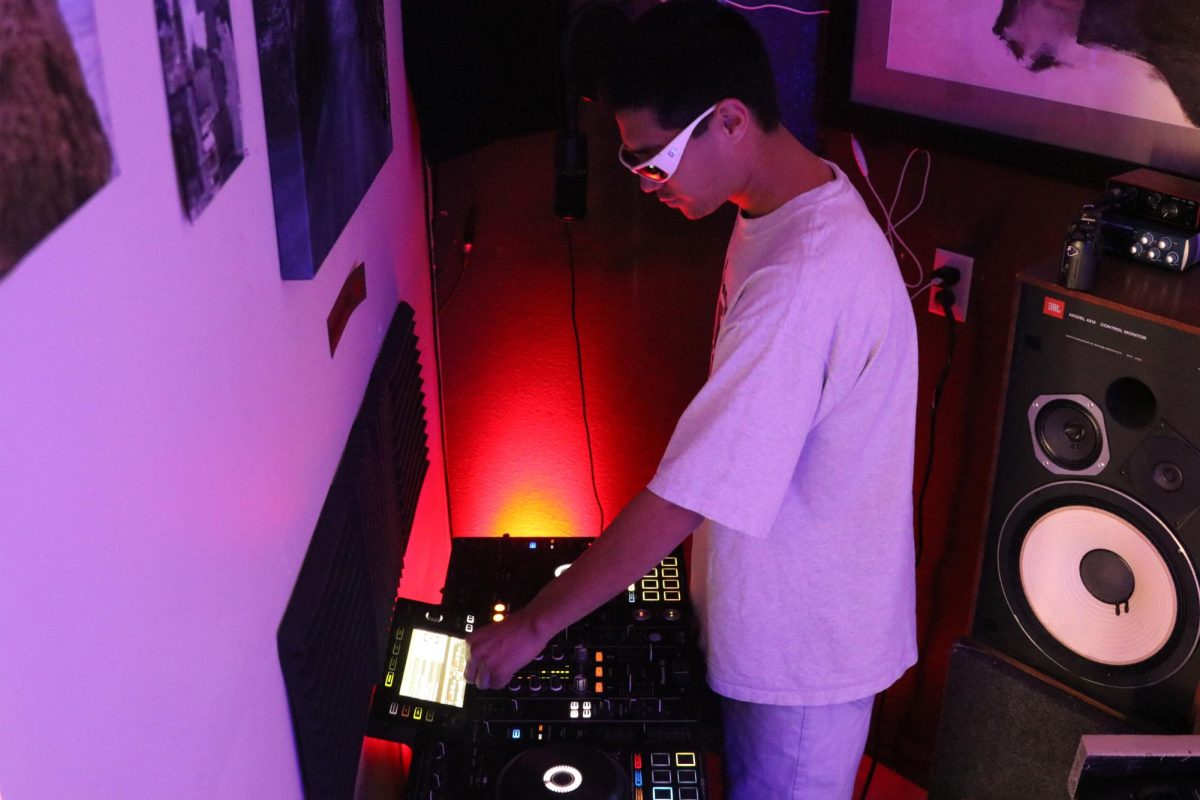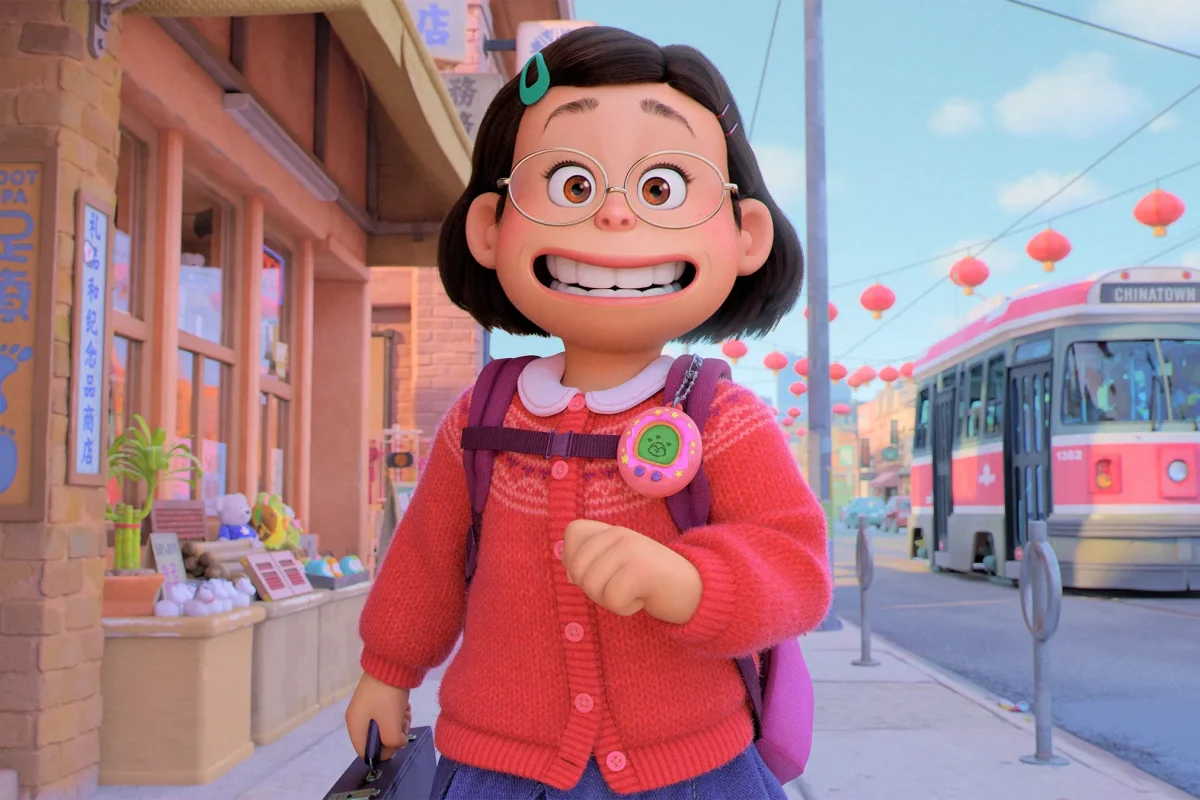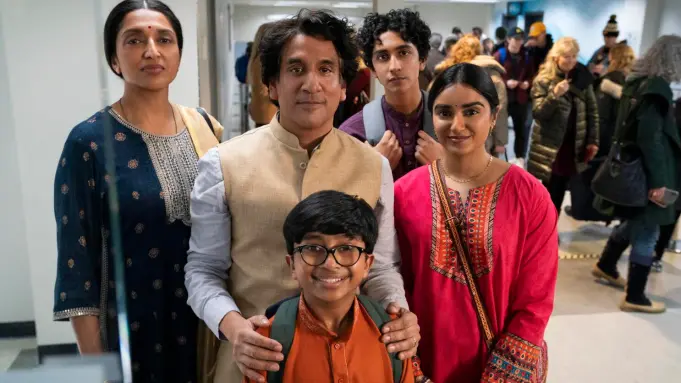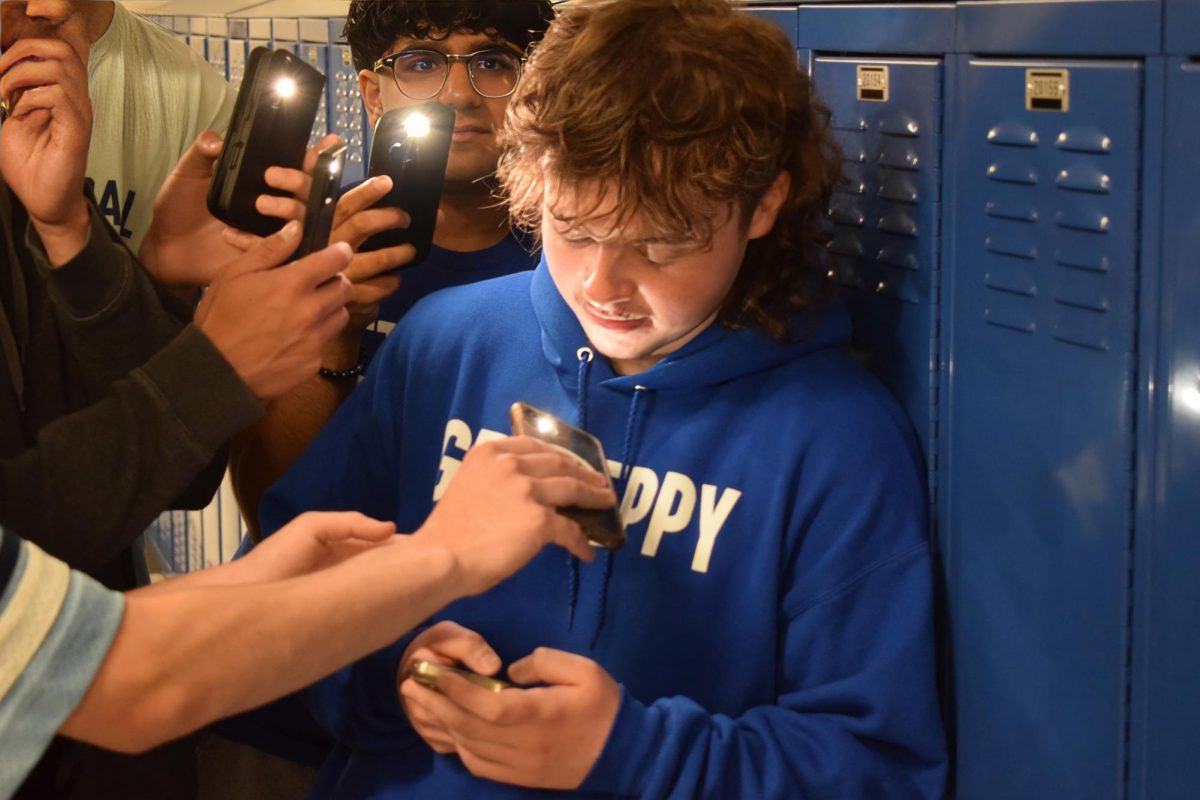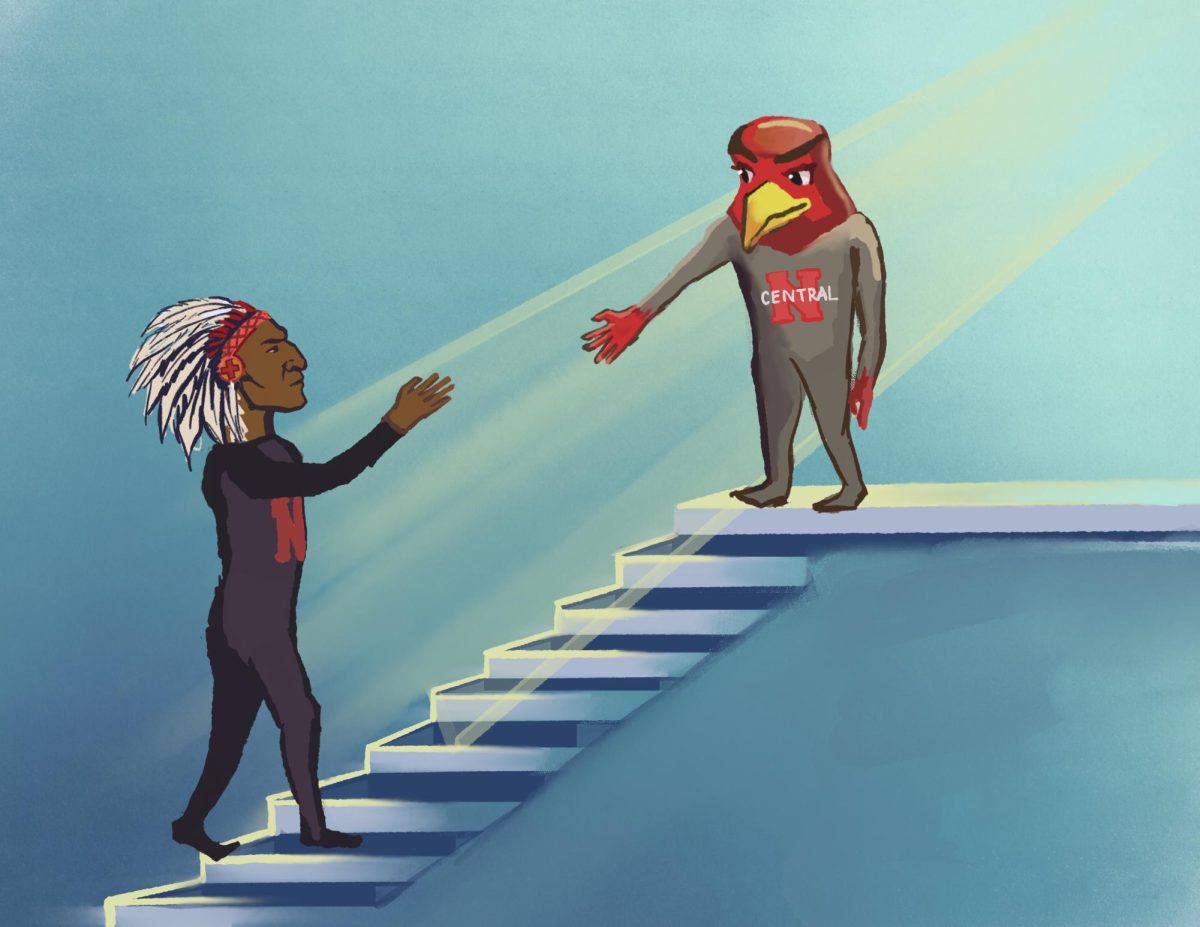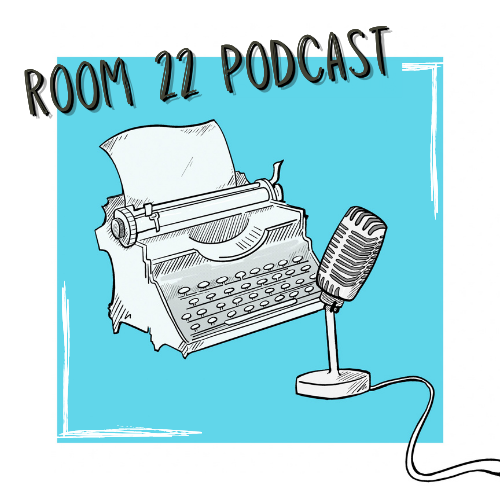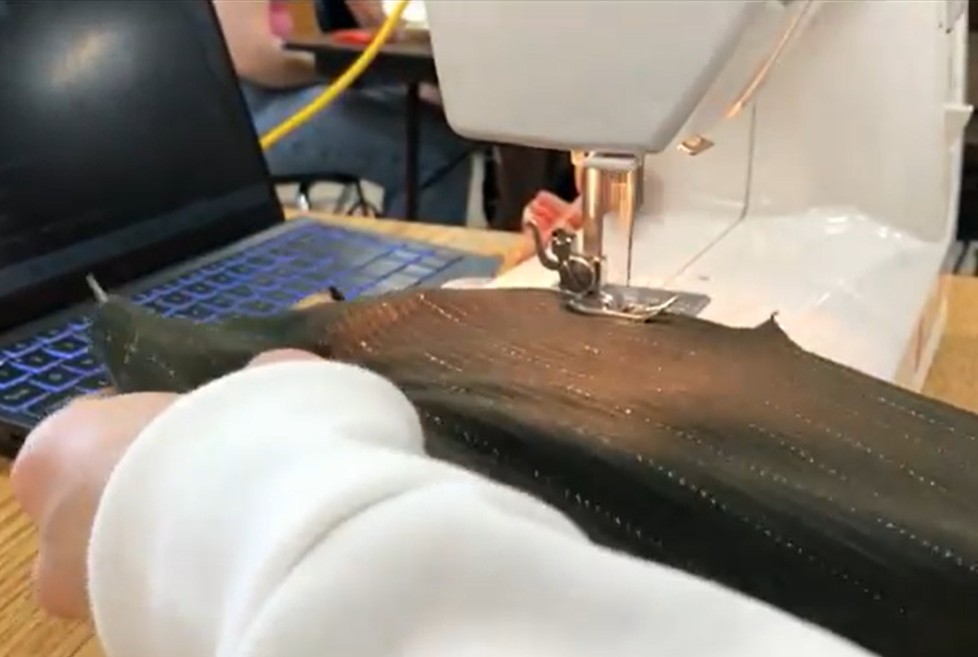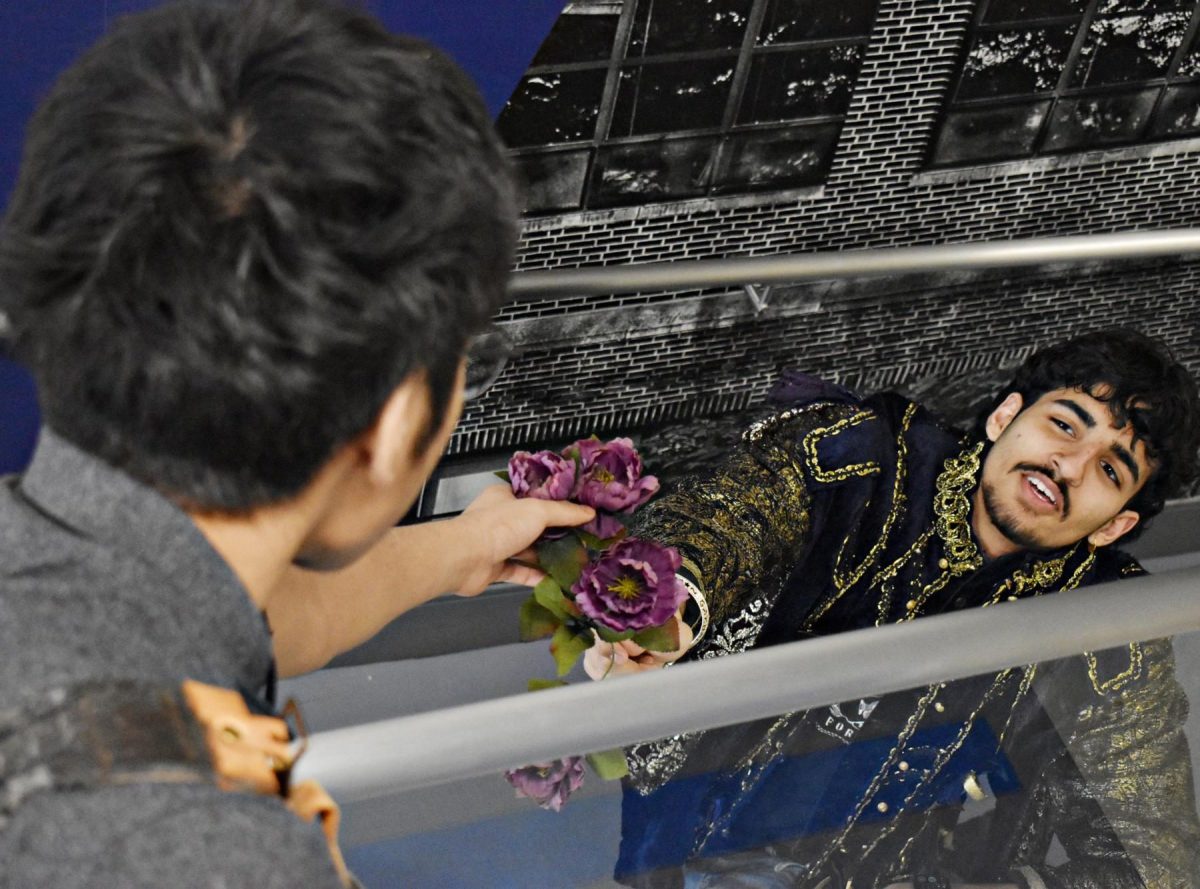When Luke Davis was in middle school, his math binder was vandalized. Slurs were scrawled across it – words like “gay” and worse. He was harassed online, targeted in DMs and on social media pages.
Now a sophomore, Davis has developed a strong sense of self and rejects traditional gender norms, crediting his supportive family.
“My father was not afraid to show signs of femininity, [nor were] my brothers. I grew up with my dad loving the color purple and always doing stuff with me and my siblings that would be considered ‘girly’ in a way,” Davis said. “And with my brothers, he would tell me that pink can also be a color for men, kind of embracing femininity and breaking gender norms.”
Davis believes gender stereotypes are outdated.
“A lot of the times, the women are the breadwinners and the men stay at home,” Davis said.
In a society where traditional gender roles are being questioned and redefined, modern masculinity is undergoing a transformation. Through personal experiences and expert perspectives, this article explores the evolving expectations placed on men today, shedding light on how masculinity is no longer confined to rigid stereotypes but is instead embracing emotional vulnerability, self-expression, and individuality.
This exploration was sparked by a moment of reflection while scrolling through social media. Senior Reporter Romeo Alfaro noticed a comment beneath a viral video of a man’s skincare routine: “Okay, but can you make one for people who aren’t gay?” The message, simple but biting, reflected a deeper cultural belief – masculinity is rigid, and anything outside its narrow definition is dismissed or ridiculed.

Stereotypical gender roles have surfaced throughout history, dating back centuries to when men were traditionally expected to be strong, competitive, and assertive, whereas women were expected to be caring and supportive. These values have been passed down from generation to generation – even today, men are still told to be the provider for the family, leave nurturing to the women, and conform to a narrow version of masculinity.
This conversation often includes the concept of “toxic masculinity,” where a man can be culturally trained and socially pressured to behave a certain way. Chivalry – the idea that a man should behave respectfully and courteously toward a woman – was once seen as a romantic ideal. It made men feel useful, while women felt valued. However, in today’s world, some would argue that certain chivalrous acts be used as reinforced outdated gender roles rather than simply being gestures of kindness. This concept is called “benevolent sexism”: an attitude or belief that appears positive, but ultimately reinforces traditional gender expectations.
Acts as simple as holding a door open or paying for food can become less about kindness and more about reinforcing the belief that women are helpless without male assistance. Another modern-day example would be “mansplaining,” a way of where men talk down at a woman or in a condescending way, such as about information that they think women would not be intelligent enough to know about.
But if a man is raised in a household that does not train them in this way, how else could they learn these traits?
Originally rooted in animal behavior studies, the term “alpha male” once described dominance in wolf packs. But in the 21st century, popular influencers have redefined it, shaping a generation’s perception of masculinity. Their message? Strength means control, emotion is weakness, and dominance is key to success. But does this mindset actually benefit young men – or does it do more harm than good?
Internet influencers like Andrew Tate, Jordan Peterson, and communities like the “manosphere” promote a rigid version of masculinity rooted in hyper-independence and power. Often, they target young men who feel uncertain or overlooked, positioning masculine ideals as the solution. However, these influencers frequently frame masculinity as the ultimate answer to modern problems, pushing emotional detachment and control.
Jay Ratphimpha, a Carol Stream resident, also questions rigid gender roles, particularly when they are pushed on others.
“Let’s say you’re a man and you do the work and you can provide for your woman and the woman does all that stuff. If you want that and find someone who does that, that’s great,” Ratphimpha said. “But then when you try to push on to other people or say you see another man staying at home and the wife working and it works for them, and then you say, ‘That’s not how it should be, the man should do this and this,’ – I don’t like that.”
While internet influencers often promote a rigid and hyper-masculine image, male musicians like Frank Ocean, Kid Cudi, and Tyler, the Creator have taken a different approach. Through their lyrics and public personas, they challenge the traditional ideas of what it means to be a man. Artists like these three can help fans rethink what it means to be masculine which can benefit society’s well being as a whole.

Nowadays, the pressure to conform to rigid ideas of masculinity is common, and many believe it takes a toll on men’s mental health.
Ratphimpha maintains that societal norms continue to teach men at a young age to act in ways that reinforce unhealthy behaviours.
“We’re conditioned and programmed to believe that it’s bad for men to act feminine or vulnerable,” Ratphimpha said. “I feel like the world should change in that direction. It’s okay to not be 100% okay.”
Boys are often taught at such a young age to “toughen up” or “shake it off” when they are upset or hurt. These ideas have become so ingrained in society that many people have been desensitized to the harmful effects of telling men to “man up.”
Ratphimpha warns that suppressing emotions can have long-term consequences.
“Toxic masculinity – to not show your emotions – it causes men to feel like they are alone and causes men to break down,” Ratphimpha said, “That’s why men literally kill themselves the most out of everyone. That’s the real, real problem.”
This connection between emotional suppression and mental health challenges is supported by mental health professionals. Kevin Foss, founder of CalOCD, noted in an article for the Anxiety & Depression Association of America: “Toxic masculinity opposes mental and physical health treatment even when injured or emotionally struggling… Suppressing mental health issues… can worsen symptoms and precipitate isolation, loss of jobs or friends, and even suicide.”
According to the Centers for Disease Control and Prevention (CDC), suicide remains one of the leading causes of death for men in the United States. Though men make up just half of the population, they account for nearly 80% of all suicides – underscoring how the pressure to suppress emotion and avoid seeking help can have life-threatening consequences.
For some, these statistics are not just numbers – they are lived experiences. Suicide survivor Joshua Beharry has spoken publicly about how gender norms shaped his hesitation to seek help.
“Before, I never even thought of mental health in terms of what it means to be a man. I think I probably never asked for help because of those male stereotypes,” Beharry said in an article on HealthyDebate.
Some people debate whether toxic masculinity exists at all.

“I think of it as a stereotype, so we need to be careful with stereotypes,” high school social worker Jeff Anderson said. “If you ask me what I think about toxic masculinity, the typical response is to list all the traits associated with that stereotype.”
Anderson explained that he does not view men through the lens of whether they are toxic or not.
“I think of it more in terms of, are they mature and healthy? If you ask me what toxic masculinity is, I’d say that’s just an immature and selfish man,” Anderson said.
Ratphimpha also shared a similar perspective, seeing masculinity and toxicity as separate concepts.
“I think there’s no such thing as toxic masculinity,” Ratphimpha said. “I think there’s masculine, and then there’s toxic. Being masculine is not toxic, but people who are toxic use masculinity to get their way in a toxic way.”
Anderson expanded on the idea, explaining that expectations – both self-imposed and from others – can create pressure.
“If you truly believe that meeting those expectations is the only way to be accepted and loved, that creates stress,” Anderson said. “If someone comes up to me and makes a comment about toxic masculinity, my response depends on the context. If I’m mature, I won’t question myself, thinking, ‘Oh no, am I not enough?’ Instead, I’d wonder, ‘What’s lacking in this person that made them feel the need to say that?’”
Others, like entrepreneur Ed Landmichl, of Glendale Heights, take an even stronger stance against the term.
“Using the term ‘toxic masculinity’ is immediately coming from – at least from my mind – a feminist perspective and I think that the term ‘toxic masculinity’ is largely ridiculous,” Landmichl said. “But then I also believe that the word ‘hate speech’ is ridiculous. There is speech that can be hateful and there is masculinity that can be toxic. But I don’t like these terms in general, and the people that are going to use them, the fact that they’re using them says a lot about them.”
For Landmichl, seeking balance is key.
“I’ve never believed in this: ‘Men don’t cry’, or ‘Men don’t hug.’ I’ve always despised that,” Landmichl said. “Those fathers who can’t tell their children ‘I love you’ because they have this idea that somehow that’s just, It’s just not manly. I feel that that’s extremely short-sighted.”
Landmichl added that many harmful behaviors associated with masculinity stem from habit and upbringing.
“You just don’t know better. You know you weren’t shown better. The thing is that we’re all creatures of habit, and we only know what we know. We only know what we see,” Landmichl said. “So if we learn from our parents, and our parents set, you know, an example of X, then all we know is X – until we grow up and look around.”

Anderson emphasized that masculinity should focus on growth and maturity rather than avoiding toxicity.
“If I ran a group on this, I wouldn’t call it ‘Escaping Toxic Masculinity,’” he said. “I’d call it ‘Embracing True Masculinity.’ It’s not just about avoiding something negative; it’s about understanding what masculinity really is,” Anderson said.
Anderson shared a similar perspective, pointing out that gender expression does not define masculinity or femininity.
“For example, I tend to communicate in a way that aligns more with stereotypical femininity,” Anderson said. “That doesn’t change my masculinity – it’s just my communication style.”
He recalled working with a parent who struggled to connect with her child.
“I once worked with a mother who struggled to communicate with her daughter,” Anderson said. “When I asked about her upbringing, she told me she grew up with four brothers and no sisters. I told her, ‘You talk like a guy.’ It wasn’t about her femininity – it was about how she learned to communicate.”
At its core, the debate over masculinity is not about eliminating it – but about expanding what it can be. The expectations placed on men continue to evolve, shaped by both tradition and challenge. But as perspectives shift, perhaps masculinity is not something to defend or reclaim – but something to redefine.
This story was originally published on Wildcat Chronicle on May 14, 2025.









